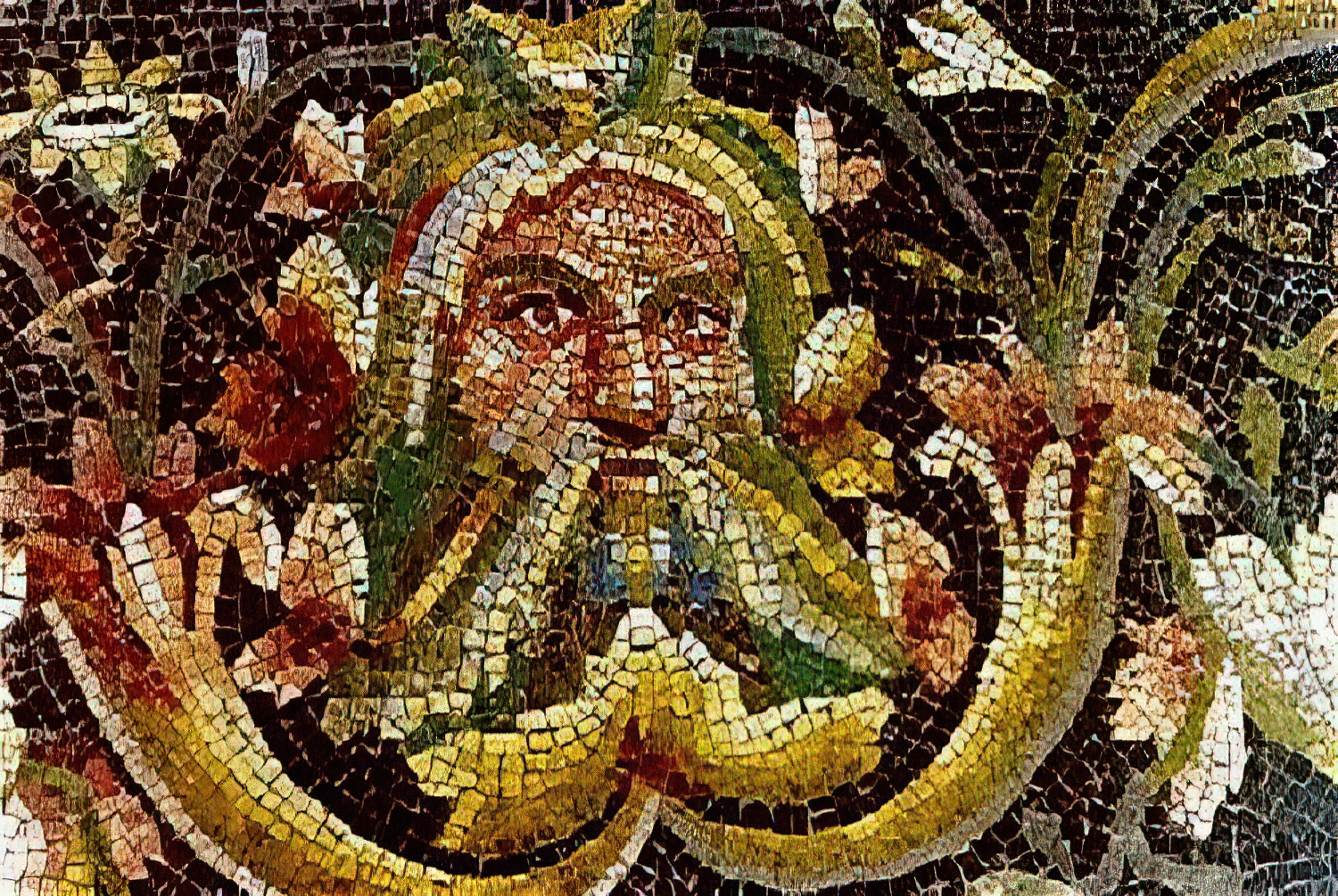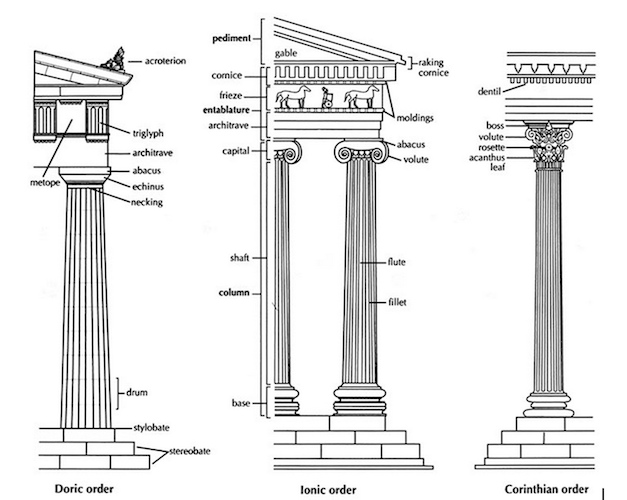I get a lot of questions from readers, and most of the time, the answers are fairly short. When I feel the question or the reply would be valuable to others as well, I make a post with a collection of them and post them in one go. Today is one of those posts.
"Do you think that, everytime people with Hellenic blogs reblog an aeshetic/moodboard of a certain deity or reblog a hymn, then that counts as a form of devotion? Kinda like an indirect prayer? Or maybe even buying new crystals for altars or something small like that? I like to think that when I reblog a post for my gods it's a way of showing my devotion without actually praying or pouring libations."
The traditional manner of prayer is accompanied by physical sacrifice and is performed in a ritual context. A sacrifice to the Gods is a way of bonding, of kharis. It's a way of showing our devotion to the Gods and bringing Them, actively, into our homes and lives. It's a way of acknowledging Their greatness and recognizing our loyalty to Them.
Traditionally, dedicating activity is not a way to honour the Gods. After all, it does not relate to Them directly, does not strengthen our bond with Them and They get nothing out of it. The energy is directed at other people, not upwards to the Gods. A small portion of that energy might 'bleed' up to Them but it's not going to establish kharis in the same way as sacrifice does.
Being actively engaged with your worship through blogging, shopping, prettying and cleaning shrines and even talking about Them with others, in my opinion, is something you do for you, not for the Theoi, but it does have value. It keeps the Theoi at the forefront of your mind and helps you practice
arete, the act of living up to one's full potential.
If you are actively engaged with the Theoi on a day to day basis, you'll have an easier time motivating and reminding yourself of your actual practice. Daily sacrifices become easier to integrate, the Theoi become a priority much more easily than when you are not actively engaged with Them, and you'll simply feel more... Hellenistic. It helps. But I do feel like you do it for you; the Theoi get nothing out of it directly. They do, however, end up with a more engaged worshipper and that most certainly has its own (great) value!
~~~
"I frequently hear the list of Olympians ending in "either Hestia or Hermes (or Dionysus)" and this kind of confuses me. I know it doesn't matter that specifically if I worship all 12 (or 14 it seems) of the small part of the pantheon that compiles the Olympians, but personally I'd like to and I'm unsure how this roster is decided I guess?"
The ancient Hellenes did not have a consensus on the Dodekatheon; what mattered was that there was a council of twelve, the Dodekatheon, at all. Who resided on the golden thrones atop Snowy Olympos was subject to debate and varied per location.
The most canonical version of the Dodekatheon is represented in
a relief currently located at the Walters Art Museum. The relief dates back to the 1st century BC to the 1st century AD and depicts the Twelve Olympians carrying their attributes in procession: from left to right, Hestia (scepter), Hermes (winged cap and staff), Aphrodite (veiled), Ares (helmet and spear), Demeter (scepter and wheat sheaf), Hēphaistos (staff), Hera (scepter), Poseidon (trident), Athena (owl and helmet), Zeus (thunderbolt and staff), Artemis (bow and quiver), and Apollon (cithara). No mention of Dionysos.
There is a story floating about the internet and even some modern texts on Hellenic mythology, that Hestia gave up Her throne to Dionysos. Apparently, this is an ancient myth, and the ancient Hellenes would have believed this as well. It's a story so frequently told, one that is so common-knowledge, that very few people bother to check the source. Well, the source is
Robert Graves' 'The Greek Myths', written in 1955. From that book (27.12):
"Finally, having established his worship throughout the world, Dionysus ascended into Heaven, and now sits at the right hand of Zeus as one of the Twelve Great Gods. The self-effacing goddess Hestia resigned her seat at the high table in his favour; glad of any excuse to escape the jealous wranglings of her family, and knowing that she could always count on a quiet welcome in any Greek city which it might please her to visit."
Graves provides two sources for this story: Apollodoros’
Bibliotheka 3.5.3, and and Pausanias’
Hellados Periegesis 2.31.2. As you can read for yourself, there is no mention what so ever of Hestia giving up Her throne. In fact, the sources only address the part of Graves' text that follows afterwards, about Dionysos bringing His mother Semele up to Olympos as well.
So, did Graves lie? Well, yes and no. Graves is a storyteller; he spun stories based on facts he could find. If he could not find a fact, he made it up to fit the story. Because of this, his books are a great read but they are not reliable as far as ancient mythology goes.
Obviously, Theoi who were held in high regard in a certain city-state would have held the thrones, according to the people who lived in that city-state. This means that it's quite likely there were people in ancient Hellas who firmly believed that Dionysos occupied one of the thrones of the Dodekatheon. Most likely, there were also people who believed Hestia did not occupy one of the thrones. It's entirely possible that some people--perhaps even the same people who believed Dionysos was part of the Dodekatheon, but not Hestia--believed that Hestia gave up Her seat to Dionysos. The problem is that there are no ancient sources to support this, and there was most certainly not a wide-spread myth to this effect that held sway in ancient Hellas.
In my personal practice, who hold the thrones of the Dodekatheon is nearly irrelevant. I follow the festival calendar and have my daily ritual practice. through that, all 'major' Theoi are honoured and many of the 'lesser' as well. The pantheon, after all, is much larger than just the children of Kronos and Rhea.
~~~
"I wanted to ask you, if you could make a post about the Underworld and how the judges judge exactly. Because I cannot find anything about it."
I actually did write about that twice, both in a long post about the
Hellenic Underworld and in a post specifically dedicated to the
Judges of the Underworld. I did not go into detail, however, about how judgement is passed. Mostly because we don't know exactly how and what we do know, well, except for being naked pretty much matches the (ancient Hellenic) court proceedings.
Naked? Yep! You are judged in your birthday suit. Why? Let Plato, in his
Gorgias, enlighten you:
"The cases [of the dead] are now indeed judged ill and it is because they who are on trial are tried in their clothing, for they are tried alive. Now many,' said he, `who have wicked souls are clad in fair bodies and ancestry and wealth, and at their judgment appear many witnesses to testify that their lives have been just. Now, the judges are confounded not only by their evidence but at the same time by being clothed themselves while they sit in judgment, having their own soul muffled in the veil of eyes and ears and the whole body. Thus all these are a hindrance to them, their own habiliments no less than those of the judged.
Well, first of all,' he said, 'we must put a stop to their foreknowledge of their death; for this they at present foreknow. However, Prometheus has already been given the word to stop this in them. Next they must be stripped bare of all those things before they are tried; for they must stand their trial dead. Their judge also must be naked, dead, beholding with very soul the very soul of each immediately upon his death, bereft of all his kin and having left behind on earth all that fine array, to the end that the judgment may be just.
Now I, knowing all this before you, have appointed sons of my own to be judges; two from Asia, Minos and Rhadamanthus, and one from Europe, Aiakos. These, when their life is ended, shall give judgment in the meadow at the dividing of the road, whence are the two ways leading, one to the Isles of the Blest, and the other to Tartaros. And those who come from Asia shall Rhadamanthys try, and those from Europe, Aiakos; and to Minos I will give the privilege of the final decision, if the other two be in any doubt; that the judgment upon this journey of mankind may be supremely just."
It seems the dead were allowed to plead their case, explaining why they felt they had lived as good people. If the judges agreed, they judged favourably. If not, well...








.jpg)
